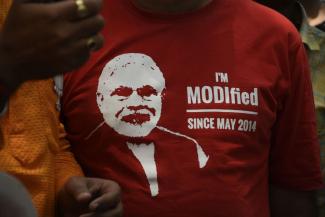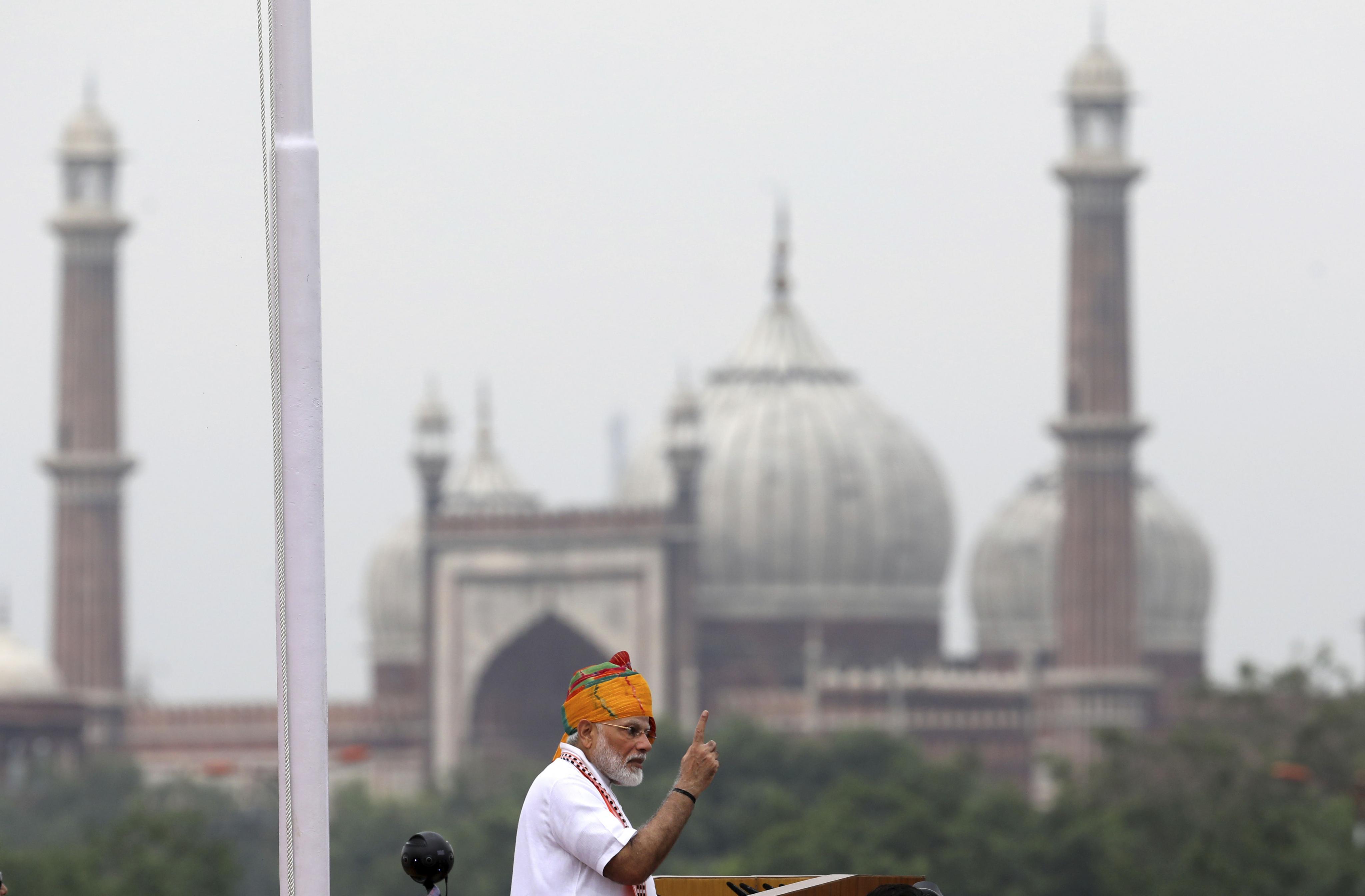Blog
“Envy and hate”

Modi is celebrating what he calls a triumph of democracy. It is true that he won an astounding number of votes, but only about 40 % of the ballots were cast in favour of his party. That was not the majority, but enough to win the majority of seat in parliament.
Depressingly, Modi’s success is not so much based on developmental achievements in his previous term as on the aggressive stoking of anger and hatred. Five years ago, he made grand promises of economic reforms and prosperity, but this time his campaign theme was Hindu nationalism. Only after prevailing in the elections has he begun to declare voters’ decisions to be an endorsement of his past performance. The truth is that he did not deliver on his promises to boost employment, improve rural lives and lift masses from misery.
If you don’t believe me, check out some Indian writers who have assessed these matters better than I can. The headline of Kapil Komireddi’s comment in the Guardian speaks for itself: “Five more years of Narendra Modi will take India to a dark place.” The New York Times (paywall) found equally clear words to entitle Pankaj Mishra’s contribution: “How Narendra Modi seduced India with envy and hate.” The subtitle that follows states: “The prime minister has won re-election on a tide of violence, fake news and resentment.
My favourite journalistic assessment so far was written by Siddarth Varadarajan and published on his website “The Wire”. The headline reads “Vijayi Modi? Yes. Vijayi Bharat? Not on your life”, and indicates clearly that his target audience is Indian, so anyone unfamiliar with the country’s politics and history may find it hard to understand (I don’t speak Hindi, but have been observing India long enough to know that “vijay” means victory, and “Bharat” means India). The US-based website Vox posted a brief essay by Kalpana Jain under the heading: “Indian PM Narendra Modi and his party just swept India’s elections. It is less scathing, but can serve as good primer, fitting the website’s motto “Explain the news”.
Yes, I know, it is easy to find Modi endorsements in the papers, and some journalists still express the hope that he will prove to be the economic reformer that he failed to be in his last term in his new term. Generally speaking, I think that those who thus appraise India’s strengthened top leader are neither paying enough attention to his aggressive anti-minority stance nor to how much he has been attacking the institutional order and reshaping it to promote his authoritarian leanings.
Modi is often compared to other right wing populists, including US President Donald Trump in particular. For several reasons, I think he is actually more dangerous:
- Modi is backed by a long-established, well-organised and deeply-entrenched network of Hindu-chauvinist organisations. The most important organisation is not the BJP, which is really only the political party of the RSS. The RSS has many other affiliates and a long history. It is almost a century old and was originally inspired by Italian fascists. The RSS is a disciplined organisation that has been spanning the nation for a long time. It also has many supporters in the ex-pat community.
- Unlike many politicians, Modi thus did not create a movement that is primarily about celebrating him as the top leader. Yes, the cult of personality is now obvious, but that is not how he started, and he is not the top leader of the RSS. Modi rose through the ranks of RSS/BJP networks and is committed to an extremist vision of Hindu supremacy. His prime ministership is thus about more than establishing himself as a strongman.
- The BJP and the RSS have a long history of brutal anti-Muslim riots. When Hindu fanatics had mobilised to destroy the Babri Mosque in Ayodhya in 1992, violent clashes between Muslims and Hindus erupted all over India – and in Pakistan and Bangladesh too. Related later riots rocked Bombay (now Mumbai) in 1993 and in Gujarat in 2002. The bloodshed in Gujarat took place while Modi was that state’s chief minister, and he failed to stop the extremists. These events show how far Hindu supremacists are prepared to go.
As India’s growth rates have recently become somewhat sluggish, Modi’s rhetoric became more inflammatory. It is truly scary that 40 % of voters chose an agenda of blatantly aggressive identity politics.










